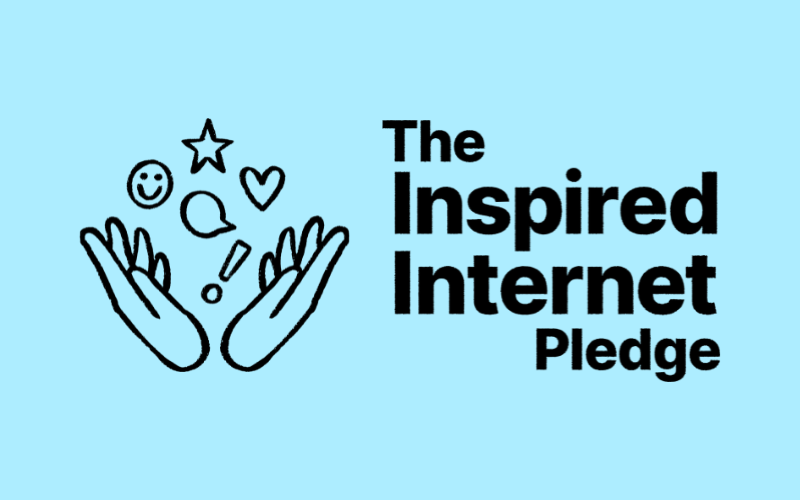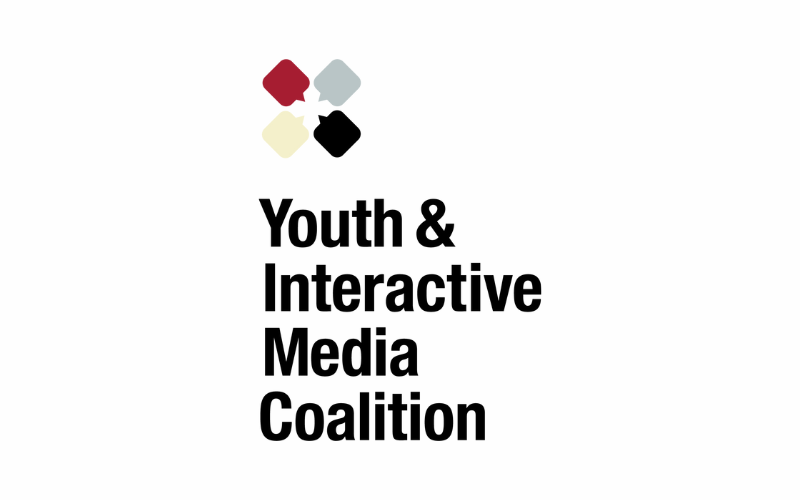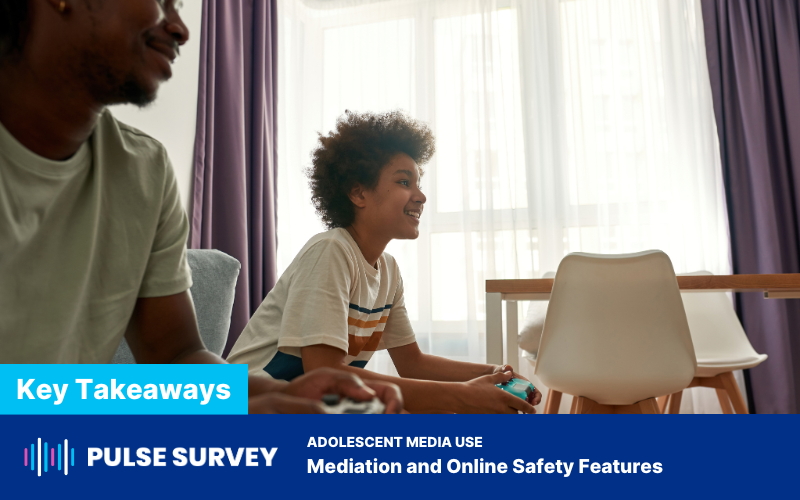The Digital Wellness Lab connects with adolescents regularly throughout the year using short Pulse Surveys to help us better understand their perspectives on “hot button” topics related to technology and interactive media.
In our most recent survey, Adolescent Media Use: Mediation and Online Safety Features, we asked 1,502 teens between the ages of 13 and 17 about:
- Their digital media use (especially social media) and its impact on their well-being;
- How they feel about parental rules around digital media use, and how parents enforce and communicate their rules;
- How they manage negative experiences online; and
- Their perceptions of platforms’ safety features and guidelines.
Read on to learn more about what we found and for evidence-based recommendations for parents and caregivers.
Digital Media Use and Effects
What We Asked
We asked adolescents to describe their daily digital media use and its impact on their overall well-being.
What We Found
Consistent with our last Pulse Survey, adolescents are aware that they are heavy users of digital media. While they find the impacts of that media use fairly neutral, they report that social media in particular improves their social relationships and overall mood, with the most negative impacts on attention span, body image, and anxiety. (Girls reported slightly more negative impacts of social media use than boys.)
50%
of teens surveyed report using a smartphone for 5+ hours on a typical weekday (17.8% of the total sample reported 9+ hours of use)
34%
of teens surveyed said they went online very often or often instead of doing things that need to get done
37%
of teens surveyed reported that social media made their attention span worse
Recommendation
Since teens seem to understand that their digital media use can at times be unproductive and even detrimental, parents and caregivers should encourage them to monitor their digital media use and take steps to practice healthier habits. For example, using an app to monitor use / set limits for how long they can use an app.
Parental Mediation Strategies
What We Asked
We dug into the rules parents have around media use – in particular, how they communicate and enforce their rules.
What We Found
Similar to our previous findings, the adolescents surveyed stated that their parents focused less on time limits and more on restricted or blocked content and platforms. Parents also regulated the context — time and place — in which their children accessed digital media.
Adolescents generally saw their parents’ rules as reasonable (70%) and beneficial (60%). This may be particularly true when adolescents feel their parents consider their perspectives and have convincing reasons for setting rules.
Previous research has indicated that the way in which parents communicate their media rules may influence how adolescents perceive media use (Fikkers et al., 2017; Valkenburg et al., 2013) which may, in turn, relate to how they use media (de Morentin et al., 2014). In this Pulse Survey, it was evident that parents used a mix of both controlling and autonomy-supportive communication styles.
57%
of teens felt that parents considered their perspectives when setting media-related rules
67%
of teens reported that parents get mad when their teen breaks media-related rules
37%
of teens said that parents often or always follow the rules themselves
Recommendation
Teens crave autonomy, so involving them in developing family rules around digital media use is a good way to promote buy-in and lay a foundation for healthier engagement. But, it’s important to be consistent. Like adults, adolescents generally value fairness and transparency in rules. They may be less likely to push back when the rules are consistently enforced and modeled by their parents.
Managing Online Experiences
What We Asked
We asked teens how they manage their online experiences, particularly their approach to negative experiences.
What We Found
The majority of teens (68%) found it fairly easy to handle their online experiences, like choosing what content they see and who they interact with. Understanding how to use social media safety tools (like blocking and reporting) does not appear to be too big of a hurdle.
However, most of the time, teens don’t block or report other users or content. But when they do, they’re more likely to block than report. If they report something, it’s usually because they find it offensive or threatening to their own or someone else’s safety. They don’t tend to report others over personal disputes, whether online or offline.
71%
of teens block users once a month or less
79%
of teens report users once a month or less
81%
of teens report content once a month or less
Interestingly, girls seem to block more than boys, and older teens tend to block and report more often than younger teens, especially when they think someone else’s safety is in danger. But sometimes, teens are discouraged from reporting because they worry that the platform won’t do anything, they’re unsure about what happens after reporting, or they fear being labeled a snitch or tattletale.
Recommendation
Teens may be more likely to take action against users and content that makes them uncomfortable if they better understood the anonymity behind and results of blocking and reporting on the platforms they use. Parents and caregivers can help by learning how blocking and reporting works on each platform, sharing this information with their children, and encouraging them to come to them when uncertain about blocking or reporting users or content.
Platform Safety & Guidelines
What We Asked
We asked teens how they view social media platforms’ safety features and guidelines, including the platforms’ effectiveness at keeping them safe, particularly actions taken as a result of dangerous or inappropriate content.
What We Found
Overall, teens felt that social media platforms could do a better job when it comes to safety and community guideline enforcement. There appears to be some tension between what users need and what the platforms provide.
Many teens think that knowing a platform’s Community Guidelines (like content rules) is only somewhat important or not important at all (60%), and they feel only moderately confident about their own understanding of these rules on their favorite platforms (only 39% reported feeling very/extremely confident). This may have an impact on whether they’ll take action to report or block users who violate the guidelines.
Further, less than half of teens agreed that social media platforms are effective at removing harmful content and keeping users safe.
41%
agree that platforms are effective at removing dangerous or inappropriate content
35%
of teens agree that platforms are effective in keeping them safe
32%
of teens agree that platforms prioritize user needs over company needs
Some teens are also skeptical about whether social media platforms genuinely prioritize users’ needs over their own business interests. This lack of trust may impact whether teens will take steps to protect themselves and others using the safety features and guidelines that these platforms offer.
Recommendation
Understanding what should and shouldn’t be posted or shared can have a big impact in making social media safer and more positive. Teens may not always feel that a platform has their safety in mind, so they may need additional support in order to understand how to stay safe online. As with blocking and reporting, parents and caregivers should take the time to understand and discuss the community guidelines on the apps their children use to help them protect themselves and others.
In Conclusion
Overall, these findings show that teens are heavy but smart digital media users. They generally approve of family rules for media use and many feel their parents consider their perspectives when setting those rules. Teens also understand that while social media can boost social connections, it can negatively impact aspects of their well-being, particularly mental health.
Further, while young people are confident in their ability to manage their online experiences and have a moderate understanding of community guidelines and online safety features, concerns about reporting ineffectiveness or social backlash create barriers in using them.
Where to Go From Here
The results of our survey can be used as a starting point for parents and caregivers to engage with their children about their media use, highlighting specific areas where young people may be more at risk for negative outcomes. Technology companies can also take these results into account as they design products and features with adolescents’ well-being in mind.
If you are interested in learning more about our work to understand and promote positive and productive digital media experiences for young people, please sign up for our newsletter. If you would like to support our work, please email us at dwl@childrens.harvard.edu.







